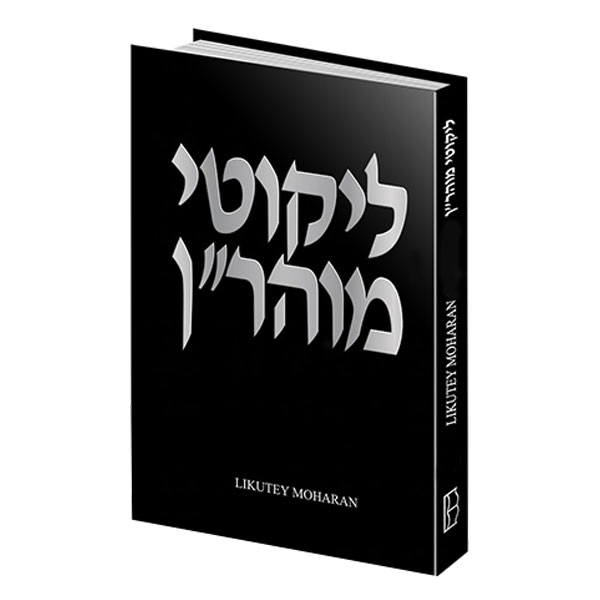Some ideas discussed in this Torah include:
- The essence of life force comes from tefillah; One should pray with all of his energy and concentration, and then his energy will be renewed from within the letters of the prayer, thus energizing himself as well as all of creation.
- To properly trigger divine energy, prayer must be channeled appropriately and effectively. This can be challenging as each of the 12 tribes of the Jewish people has its own “nusach” individualized version of prayer (and one does not necessarily know how his tefillah must be structured);Upon one prayer in the proper way (through his appropriate nusach/gate) there will be a response of a corresponding flow of energy (coming bestowed via the 12 mazalos) (note also that each tribe had its own designation within Eretz Yisroel designed for that shevet with its individual character and strengths.
This is because Hashem set up the world such that we are able to provide ‘sustenance’ to Hashem (k’vayachol; this is not to be taken literally, as it is an expression of how Hashem set up the world and spiritual flow, and Hashem, i.e. infinite does not need, and cannot be ‘sustained’ by anything or anyone)
Hashem split the yam suf, i.e. bestowed nissim in the form of 12 lanes designed for each shevet in line with its individualized prayer. The gemara discusses parallels between the miracle of yam suf, parnassa and zivug, and this was explained based on the concepts in this Torah and how this is achieved through prayer.
Attaching prayer to a Tzaddik: Yaakov Avinu (and as we will see later, the Tzaddik HaDor) was kallul (collectively embodied) all of the shevatim and had the power to direct prayer as it should be (such that by binding our Tefillah to the Tzaddik haDor, we can direct our Tefillos effectively even if we are not individually in a position to know how to do so.)
- Overcoming impediments in prayer: When one stands to pray he is beset by external thoughts which create a darkness that surrounds him. Through Emes/Truth one can find openings in the darkness and attach to Hashem through the darkness. Therefore, one must initiate the process by calling out to Hashem in simple straightforward truth.We further discussed how these ideas are represented in the Pesukim by Noach’s Teivah, and how there is a qualitative difference by those who create a ‘window’ in the darkness and those who can actually generate light.
- After discussing how one can overcome impediments (shine the light of truth through the darkness that surrounds him), we discuss how one can use the appropriate vehicle of prayer in light of the fact that he does not know which of the 12 tribes he is from, i.e. which distinct nusach of prayer he should utilize.Specifically this is achieved through binding ones tefillos to the Tzaddik HaDor (see Point 3 above discussing Yaakov Avinu as incorporating the shevatim so as to be able to direct all Tefillah appropriately). We also reference ‘Moshe’ and ‘Moshiach.’ It is worthwhile to refer back to Torah 2 (and 7) when learning this Torah.’
- Prayer corresponds to miracles, as one is connected to a reality that transcends ‘nature’. The essence of this relationship is in Eretz Yisroel. The antithesis of this is Mitzrayim (which incorporates the idea of exile, generally) which is incompatible with Eretz Yisorel and prayer, i.e. is stuck within the rules of nature as they are presented in this world (note: this may include science or ‘magic’ of the times).

